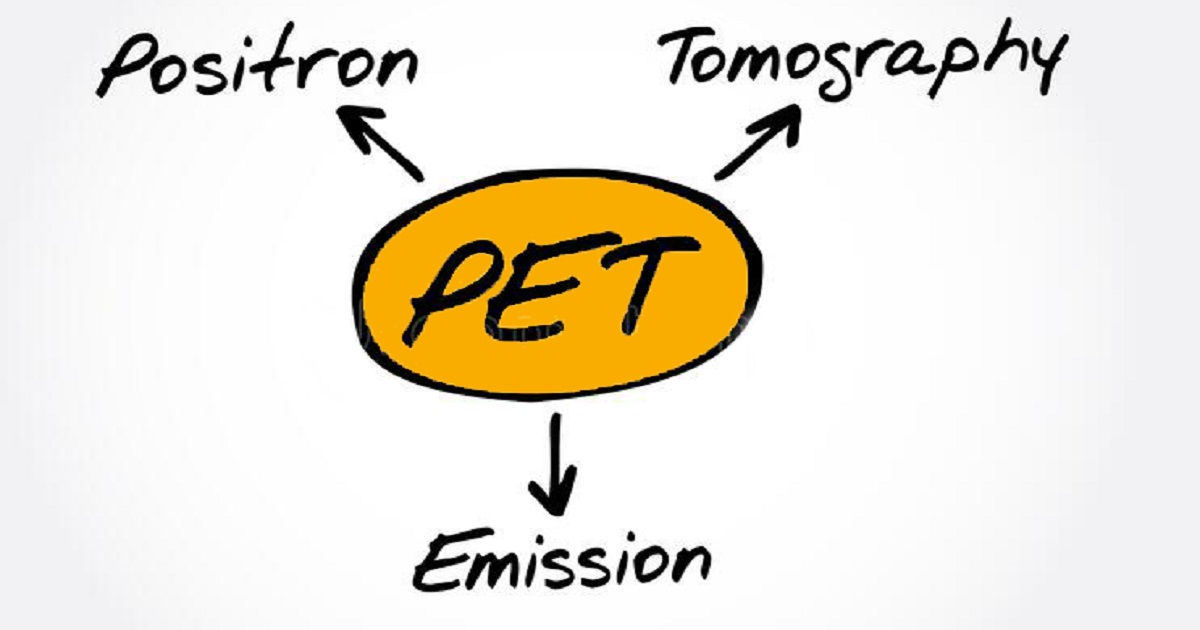Methods, Applications and Developments in Positron Emission Tomography
A special issue of Applied Sciences (ISSN 2076-3417). This special issue belongs to the section "Applied Biosciences and Bioengineering".
Deadline for manuscript submissions: closed (20 November 2022) | Viewed by 11271

Special Issue Editors
Interests: PET/CT, PET/MR; total-body PET; image quantification; deep learning
Interests: PET imaging; imaging instrumentation; artificial intelligence; machine learning; image segmentation; modeling
Special Issues, Collections and Topics in MDPI journals
2. Department of Biomedicine, University of Turku, 20014 Turku, Finland
Interests: radiation dose optimization and dosimetry; nuclear medicine instrumentation and modeling
Special Issue Information
Dear Colleagues,
It is our pleasure to announce a Special Issue in Applied Sciences in the topic of “Methods, Applications, and Developments in Positron Emission Tomography”. In this Special Issue, we encourage the submission of original research articles, review articles, and short technical communications from the above topic. More specifically, we would like to collect methodological articles with applications and recent developments from the following topics of positron emission tomography (PET): image quantification, phantom measurements and protocols, image reconstruction, machine learning, attenuation correction, motion correction, and time-of-flight imaging in PET, PET/MR and PET/CT.
Please note that submitted papers should be in the scope of Applied Sciences. Furthermore, we encourage all authors to submit a short abstract of 300 words describing their main content of the manuscript, for the editors to better determine whether the paper is suitable for the Special Issue.
Dr. Jarmo Teuho
Dr. Riku Klén
Prof. Dr. Mika Teräs
Guest Editors
Manuscript Submission Information
Manuscripts should be submitted online at www.mdpi.com by registering and logging in to this website. Once you are registered, click here to go to the submission form. Manuscripts can be submitted until the deadline. All submissions that pass pre-check are peer-reviewed. Accepted papers will be published continuously in the journal (as soon as accepted) and will be listed together on the special issue website. Research articles, review articles as well as short communications are invited. For planned papers, a title and short abstract (about 100 words) can be sent to the Editorial Office for announcement on this website.
Submitted manuscripts should not have been published previously, nor be under consideration for publication elsewhere (except conference proceedings papers). All manuscripts are thoroughly refereed through a single-blind peer-review process. A guide for authors and other relevant information for submission of manuscripts is available on the Instructions for Authors page. Applied Sciences is an international peer-reviewed open access semimonthly journal published by MDPI.
Please visit the Instructions for Authors page before submitting a manuscript. The Article Processing Charge (APC) for publication in this open access journal is 2400 CHF (Swiss Francs). Submitted papers should be well formatted and use good English. Authors may use MDPI's English editing service prior to publication or during author revisions.
Keywords
- PET
- PET/CT
- PET/MR
- Quantification
- Phantom measurements and protocols
- Image reconstruction
- Machine learning
- Attenuation correction
- Motion correction
- Time-of-flight imaging
Benefits of Publishing in a Special Issue
- Ease of navigation: Grouping papers by topic helps scholars navigate broad scope journals more efficiently.
- Greater discoverability: Special Issues support the reach and impact of scientific research. Articles in Special Issues are more discoverable and cited more frequently.
- Expansion of research network: Special Issues facilitate connections among authors, fostering scientific collaborations.
- External promotion: Articles in Special Issues are often promoted through the journal's social media, increasing their visibility.
- e-Book format: Special Issues with more than 10 articles can be published as dedicated e-books, ensuring wide and rapid dissemination.
Further information on MDPI's Special Issue polices can be found here.







